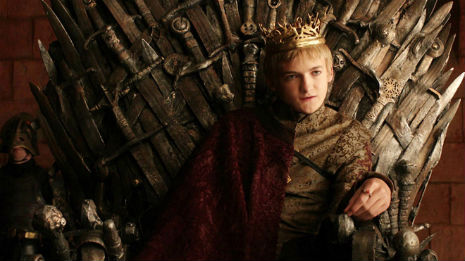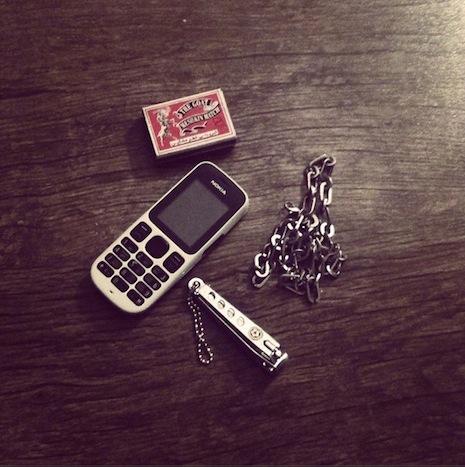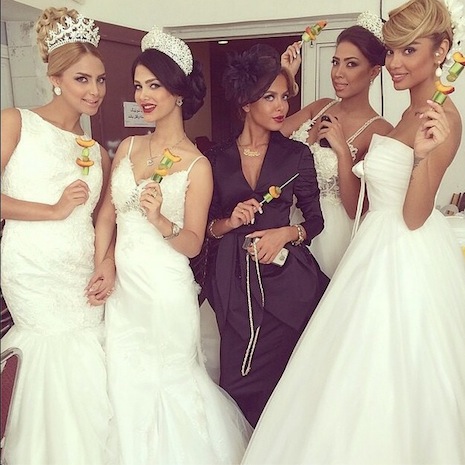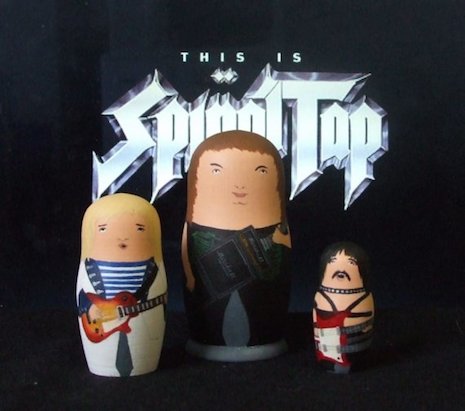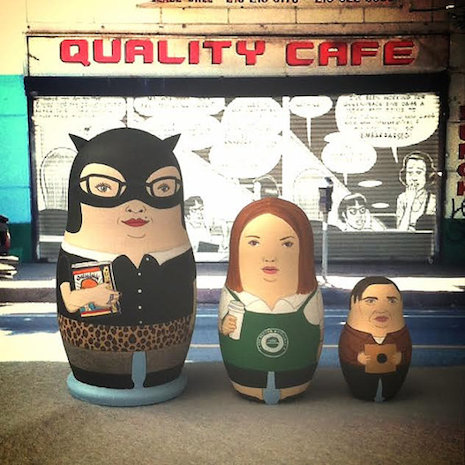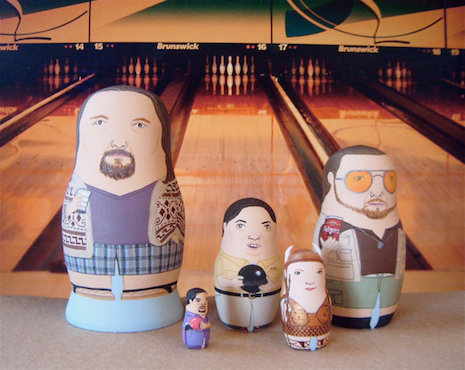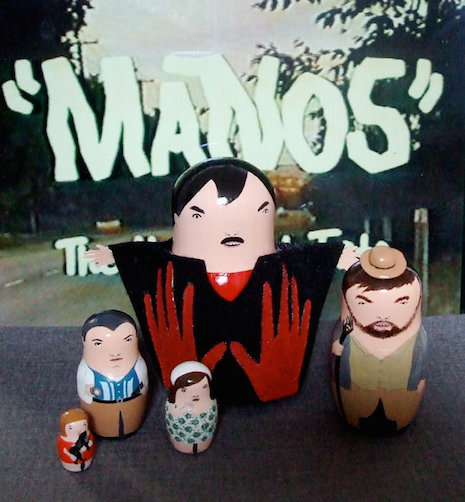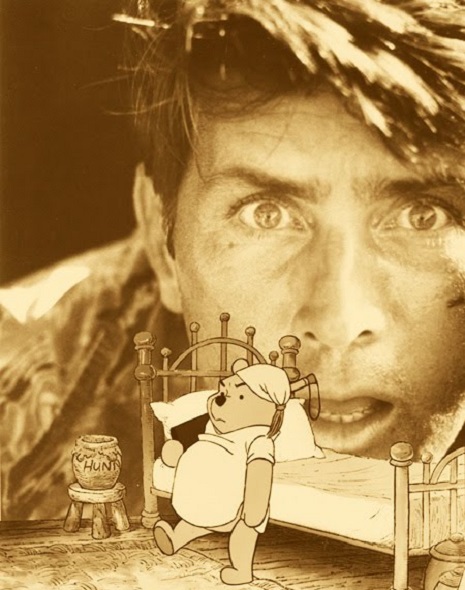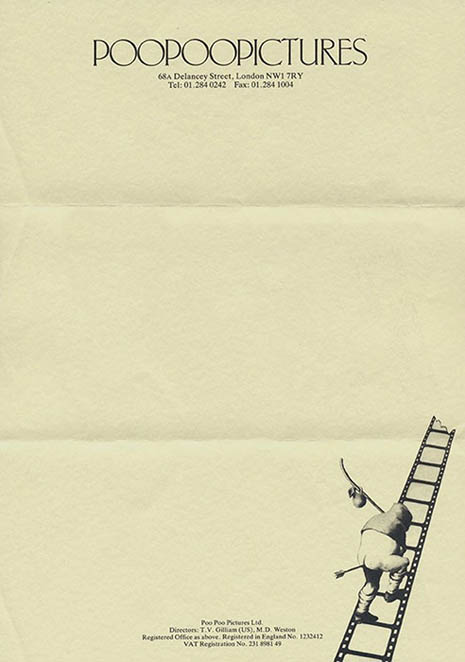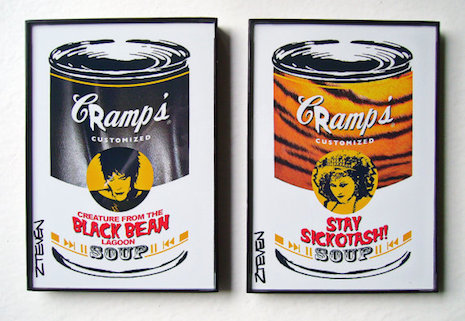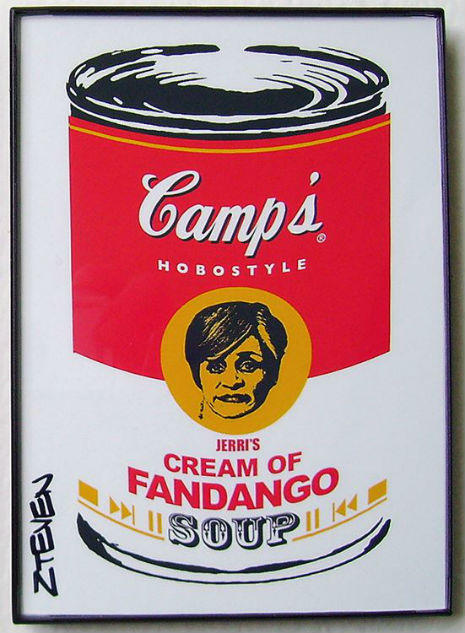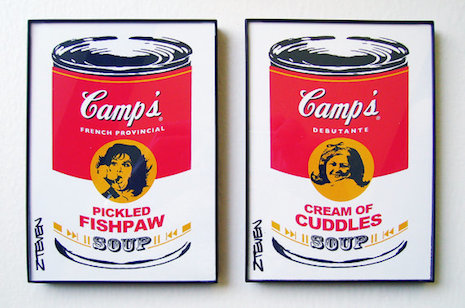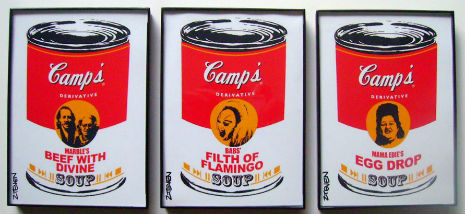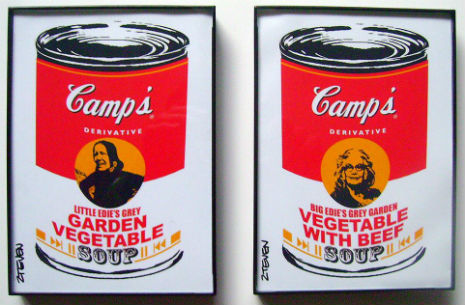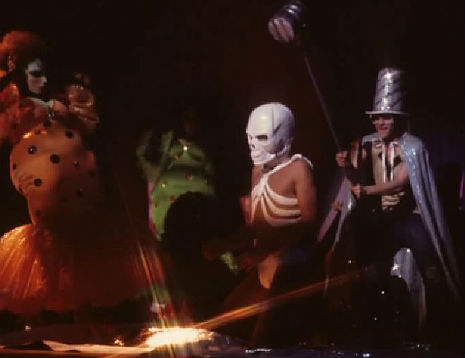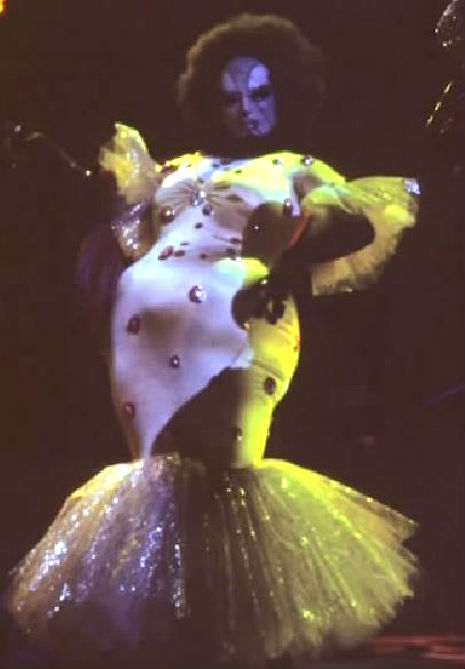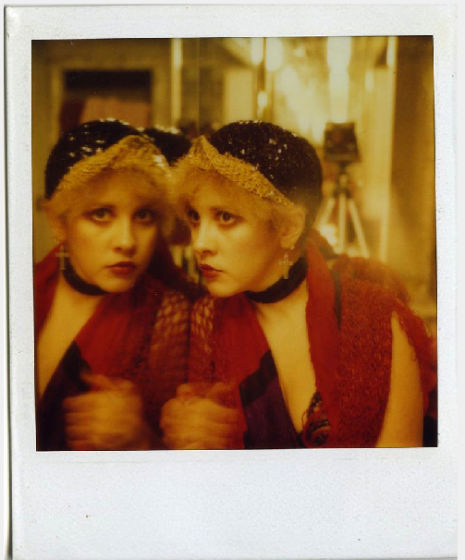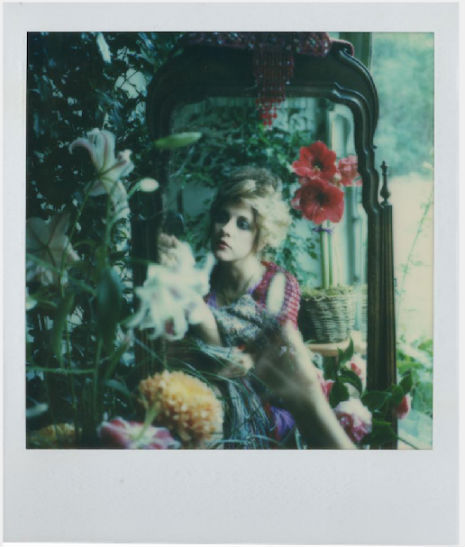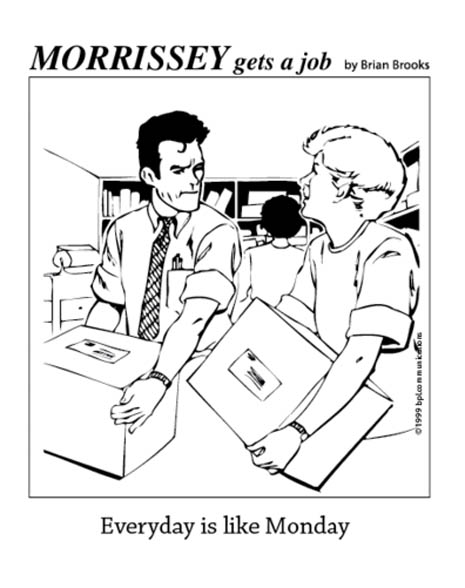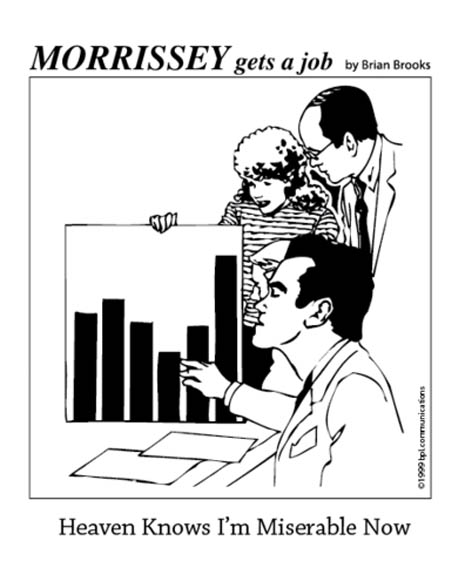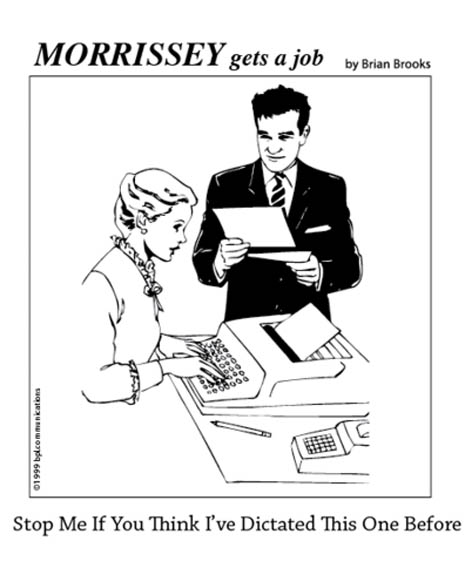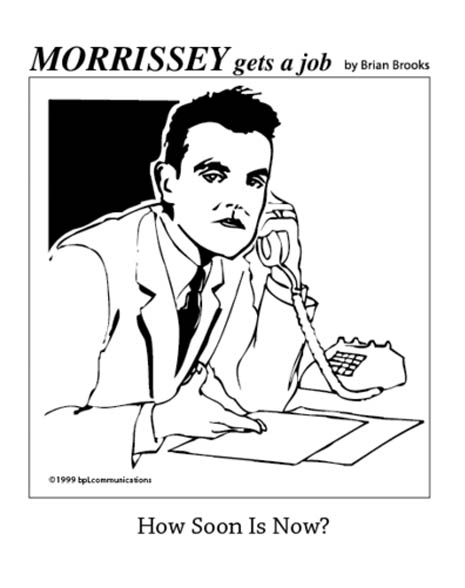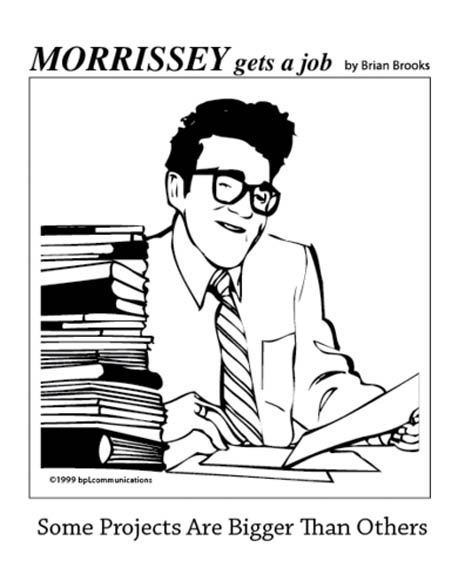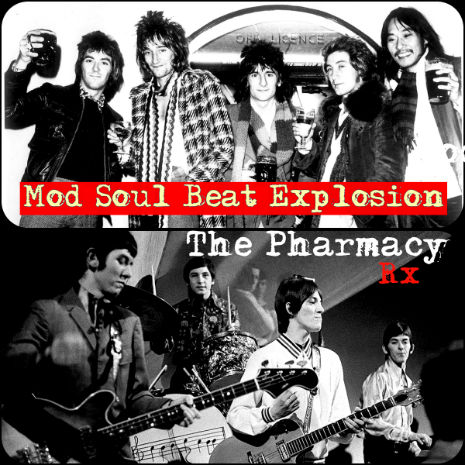
Gregg Foreman’s radio program The Pharmacy is a music / talk show playing heavy soul, raw funk, 60′s psych, girl groups, Krautrock. French yé-yé, Hammond organ rituals, post-punk transmissions and “ghost on the highway” testimonials and interviews with the most interesting artists and music makers of our times…
This Week:
Ian McLagan of The Small Faces and Faces. He’s also played with the likes of Bob Dylan, The Rolling Stones and Nikki Sudden.
Topics include:
The original Mod scene, joining Small Faces and the formation of The Faces when Steve Marriott departed to form Humble Pie and Rod Stewart and Ron Wood joined after leaving The Jeff Beck Group; destroying Holiday Inns from coast to coast, playing on Some Girls with the Rolling Stones and the origins of that distinctive “rooster” haircut sported by Rod, Ronnie and Mac…
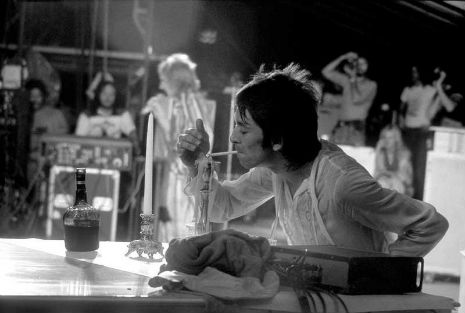
Mr. Pharmacy is a musician and DJ who has played for the likes of Pink Mountaintops, The Delta 72, The Black Ryder, The Meek and more. Since 2012 Gregg Foreman has been the musical director of Cat Power’s band. He started dj’ing 60s Soul and Mod 45’s in 1995 and has spun around the world. Gregg currently lives in Los Angeles, CA and divides his time between playing live music, producing records and dj’ing various clubs and parties from LA to Australia.
Set List:
Intro
Come on Children - Small Faces
Tainted Love - Gloria Jones
Intro 1 / 25 Miles - Bill Doggett / Rx
Conversation Ian McLagan Part 1
My Baby Loves to Boogaloo - Don Gardner
Own Up Time - Small Faces
The Girl Can’t Dance - Bunker Hill
Jerkin’ the Dog - The Mighty Hannibal
Here Comes the Judge - Pigmeat Markham
I Can’t Believe What You Say - Ike and Tina Turner
Intro 2 / Hot BBQ - Brother Jack McDuff / Rx
Conversation Ian McLagan Part 2
Bad ‘n’ Ruin - Faces
Bert’s Apple Crumble - The Quik
Rip It Up - Little Richard
Night Time - The Strangeloves
The Wig - Lorenzo Holden
Almost Grown - Small Faces
Bring Down the Birds - Herbie Hancock
Intro 3 / The Point - Mac Rebennack / Rx
Conversation Ian McLagan Part 3
Look For Me Baby - The Kinks
Do the Whoopie - Sugar Pie DeSanto
The Boo Boo Song - King Coleman
Don’t You Want My Lovin’ - The Orlons
You’ve Got Me Uptight - Evie Sands
Out In The Street - The Who
Intro 4 / In The Midnight Hour - Billy Preston / Rx
Conversation Ian McLagan Part 4
Big Bird - Eddie Floyd
Keep On Keepin’ On - Nolan Porter
My World is Empty Without You - The Supremes
Heatwave - Martha and The Vandellas
I’m Rowed Out - The Eyes
Green Light - The Equals
Down Home Girl - The Rolling Stones
Red Beans and Rice - Booker T & the MG’s
Intro 5 / Soul Dressing - Rx / Booker T & the MG’s
Conversation Ian McLagan Part 5
We’re a Winner - The Impressions
I’m The Face - High Numbers
Out of Sight - James Brown
Intro 6 / Grits - The JB’s / Rx
I Gotta Dance to Keep from Crying - Smokey Robinson & The Miracles
Outro
You can download the show in its entirety here.






